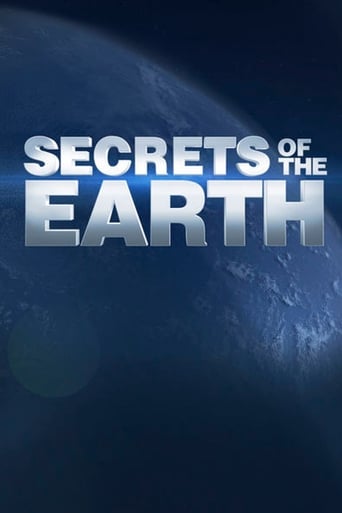Secrets of the Earth Season 1

Computer graphics, visual analogies and a recurring cast of expert scientists combine to reveal new aspects of the world you think you know, from canyons of gravity that warp space and time to rain triggered by cosmic rays.
Watch NowWith 30 Day Free Trial!
Secrets of the Earth
2013 / TV-PG
Computer graphics, visual analogies and a recurring cast of expert scientists combine to reveal new aspects of the world you think you know, from canyons of gravity that warp space and time to rain triggered by cosmic rays.
Watch Trailer
Secrets of the Earth Season 1 Full Episode Guide
The world's most astonishing sites include extreme underwater ecosystems, steamy subterranean worlds and stratling igneous formations of lava rock.
As evidenced by the 1815 eruption of Indonesia Mt. Tambora, volcanoes can profoundly impact the weather, producing lightning, ash and acid rain.
Water levels rise up to 50 feet at high tide in Canada's Bay of Fundy, while the Turnagain Arm in Alaska experiences 10-foot-high tidal "bore waves."
A visit to the researchers at a Colorado storm lab and an examination of lake-effect snow in northern New York reveal the science of blizzards.
A metallic core at the center of the Earth turns the planet into a magnet, generating a field that protects life on the surface from cosmic radiation.
Earth's distance from the sun is just right to sustain life, with neighbors Venus and Mars illustrating the impact of a slight difference in location.
Earthquakes can actually affect Earth's gravity, and the ability of scientists to map gravitational fiels has uncovered mysterious anomalies.
Tsunamis form in the open ocean before making toward land. Science seeks not only to understand these giant waves but also predict them.
Raindrops aren't only formed from condensed water vapor; some result from micrometeorites, and others deliver bacteria from the upper atmosphere.
Free Trial Channels
Seasons



































